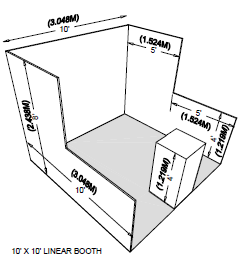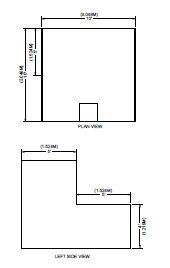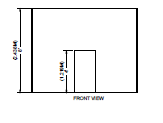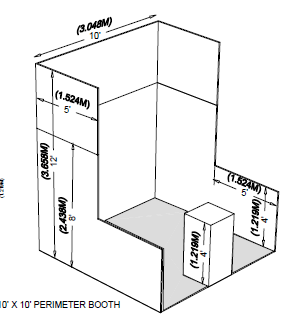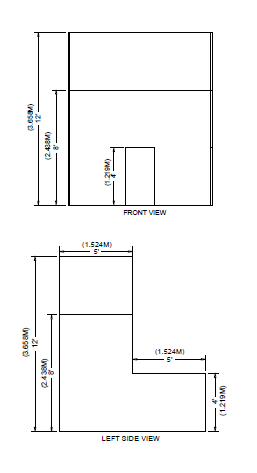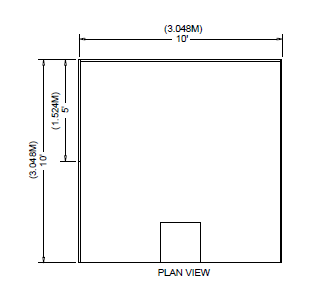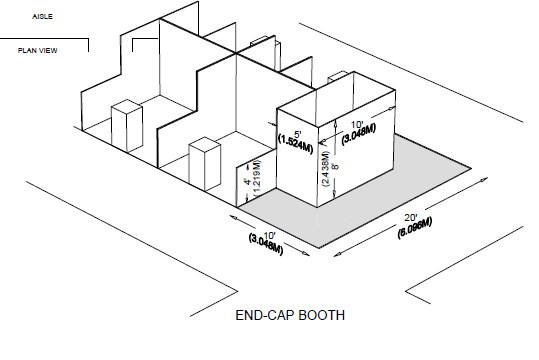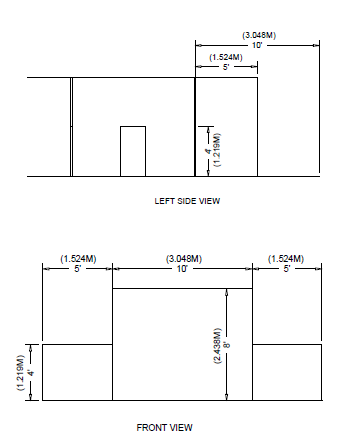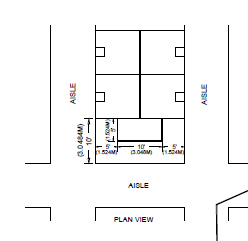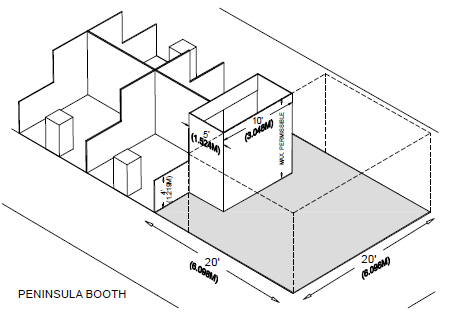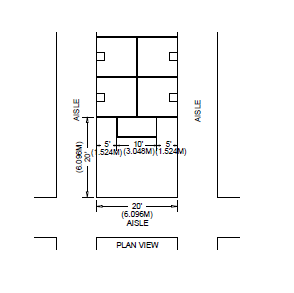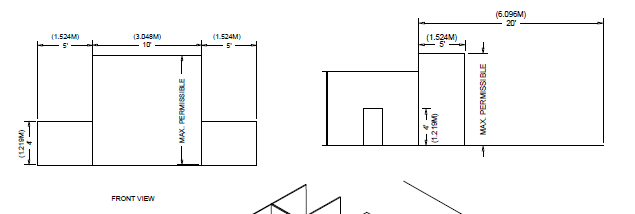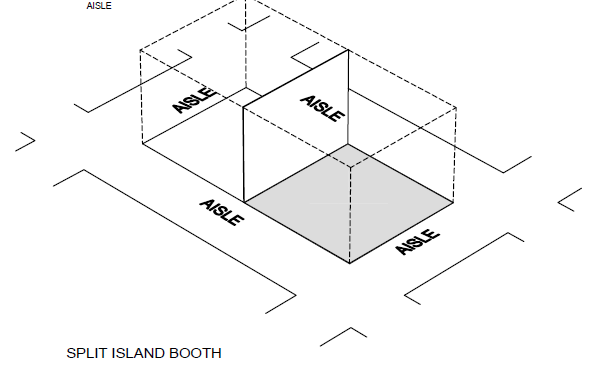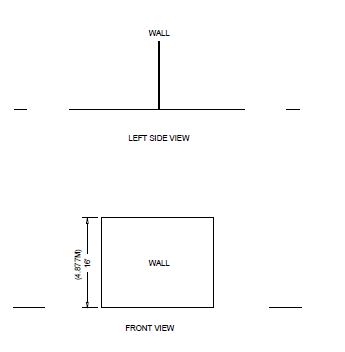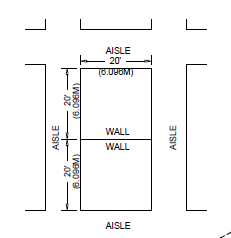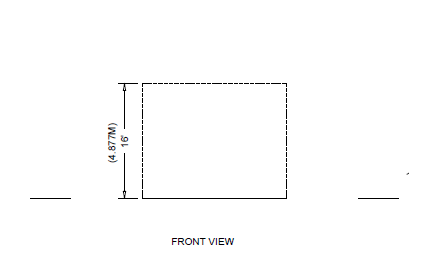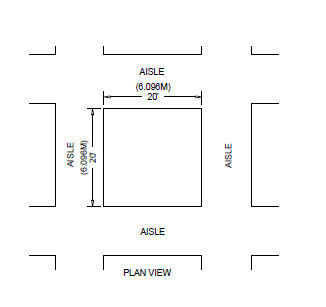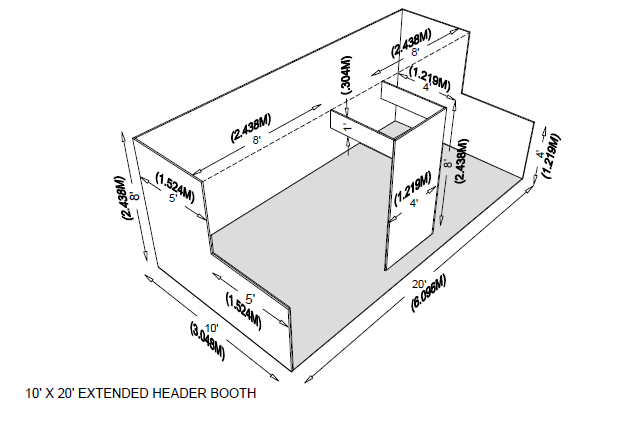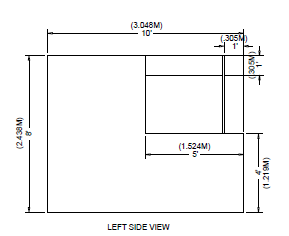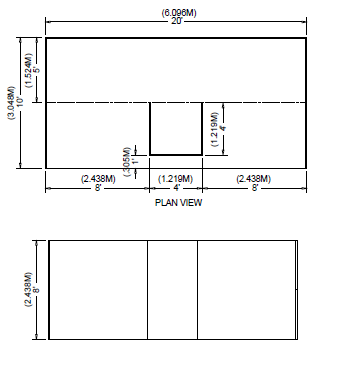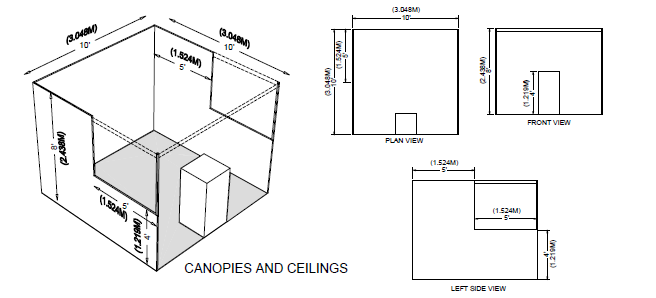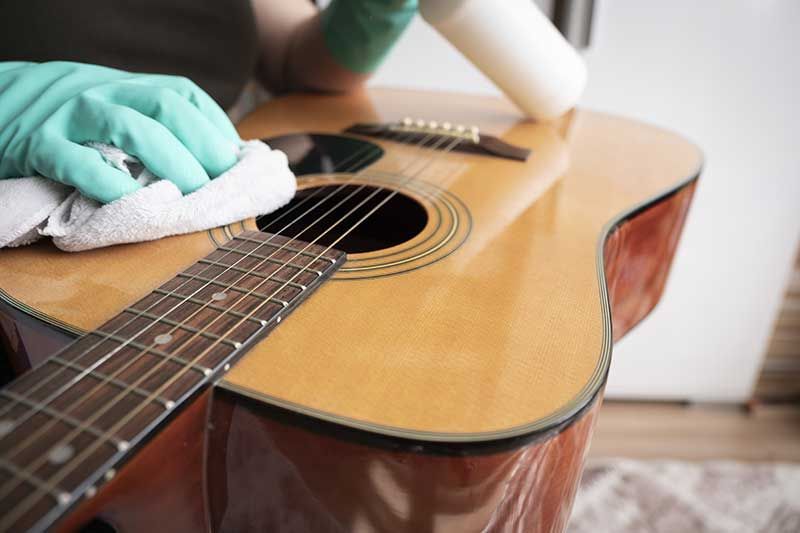Booth Cleaning
Booth cleaning is not included with your booth package. If you need your booth vacuumed prior to show opening, you must order cleaning service provided by Freeman. Order Online before June 15th to receive additional discount pricing.
Booth Food & Beverage Service
The Music City Center retains the exclusive right to provide, control, and maintain all food and beverage services within the Music City Center. All food and beverage must be ordered through them. Alcohol is prohibited on the show floor during move-in and move-out. If you would like to order catering for your booth, please visit the Booth Catering Order Form. You can also email jenny.brewer@NashvilleMCC.com with questions.
Booth Occupancy
Your booth must be staffed and open for business during regular show hours. You may not dismantle your booth prior to show close. Failure to adhere to these rules may result in a fine and/or losing priority status at future trade shows. When planning your booth, consider an open booth design and please review our Health & Safety plan carefully.
Booth Package
Reserve your booth space and find out all the ways to extend your brand presence online and at the show!
Booth Regulations
Exhibitors must follow the booth regulations set forth in this exhibitor service manual, making note of all height and construction information. Booth designs that do not comply with NAMM’s booth display rules and regulations must be approved by Fire Marshal, Structural Engineer, and NAMM. Booth Variance Requests must be submitted no later than June 25, 2021. NAMM management will review each request on a case by case basis. Submissions are not a guarantee of approval. Approvals are only valid for the 2020 Summer NAMM Show only.
Business Center
There is a UPS Store business center located at the Music City Center. Normal business hours are Monday through Friday 9:00am – 5:00pm. This center offers printing services, computer and copier rentals and shipping. Please note: Shipping through Freeman will be more cost-effective, as UPS may have additional handling/storage fees.
Children
Children under the age of 18 are not allowed on the show floor during move-in or move-out. Children are allowed on the show floor on show days only and must be supervised. Baby strollers are prohibited at the Summer NAMM show at all times. All attendees are expected to follow the NAMM Show Floor Sound and Demonstration Policy. We also strongly recommend bringing ear protection for children attending the show.
Clean Aisle Policy
To improve safety, efficiency and easy navigation of the aisles, NAMM requests that exhibit crates and bins be emptied of their content and tagged with empty labels by Tuesday, July 7 at 5:00pm. Cartons with product and other product-related materials may be kept in the booth for exhibit merchandising until Wednesday, July 6, at 5:00pm.
Demonstrations
Refer to the Show Floor Sound and Demonstration Policy.
Early Exhibitor/Buyer Appointments
Exhibitors are allowed to escort Buyers to their booth for early-morning meetings on show days from 8:00am – 9:00am. All parties must be credentialed with photo ID’s and must stay within their contracted booth space. For meetings involving more than five buyers, Exhibitors need to make special arrangements with NAMM’s Trade Show Sales team by calling (760) 438-8001.
Exhibitor Appointed Contractor (EAC)
EAC’s include, but are not limited to installation and dismantle contractors, booth designers and builders, non-official florists, furniture suppliers, piano movers, laborers or any individual who is not a full-time employee of your company. All EAC’s must adhere to local union jurisdictions. If using an EAC, Exhibitors must submit an EAC Application Form to NAMM no later than June 18, 2021.
IMPORTANT: All Exhibitors are responsible for ensuring that any EAC’s they hire and bring into the show have the proper insurance. For Insurance Requirements are located on the NAMM Exhibitor Dashboard.
Exhibit Hall
The Music City Center is located at 700 Korean Veterans Blvd., Nashville, TN 37203. Summer NAMM exhibits are in Halls B-C.
Electrical
Order Electrical for your booth online through the Music City Center. Plan ahead and order before the deadline to receive discount pricing. Please note, electrical is not included with your booth package.
Exhibit Space Payment
Exhibitors with outstanding exhibit space payments will not be permitted to move-in and set-up. Exhibitors are responsible for assuring that their exhibit space has been paid in full prior to the show. The booth payment deadline is May 12, 2021.
Freight Shipping Addresses
Advance Warehouse
Will receive June 15, 2021 – July 6, 2021.
[Exhibiting Company Name]
2021 Summer NAMM
Booth#________
C/o Freeman
825 Visco Drive
Nashville, TN 37210
Show site Shipping Address
Refer to Quick Facts for move-in day & time. Cannot deliver before July 13, 2021.
[Exhibiting Company Name]
2021 Summer NAMM
Booth#________
C/o Freeman
Music City Center
700 Korean Veterans Blvd
Nashville, TN 37203
Hand-Carry/POV
Refer to the Quick Facts for Marshaling Yard information and for more information on hand-carry and POV (personally owned vehicle) instructions.
Hazing
The use of atmospheric effects requires approval from the Music City Center and NAMM and additional fire watch will be required. Submissions are not a guarantee of approval. To request permission, please contact tradeshowops@namm.org.
Inflatables & Balloons
Inflatables and balloons are not permitted in the Music City Center without prior written approval. Please complete the Booth Variance Request Form no later than June 25, 2021. Submissions are not a guarantee of approval.
Insurance
Proof of insurance for the show is mandatory. NAMM does not provide any type of insurance coverage for the property and/or personnel of exhibiting companies (see booth space contract). Exhibitors must maintain insurance that meets the requirements outlined in this manual and on your booth space contract. If you already have compliant coverage through your own provider, make sure to email that COI to sales@rainprotection.net and bring a copy of the certificate with you to the show. If you do not have coverage, it can easily be secured through Rainprotection at a negotiated rate provided to NAMM Exhibitors. Please visit our Insurance Requirements page for exhibitor insurance guidelines and options.
Laser Regulations & Light Projection
The projection of light or laser in any form onto any part of the building or other exhibits must be pre-approved by Summer NAMM Management. Flashing or neon-lit signs or electronic displays or sound-emitting devices must be constructed or controlled in a manner that will not interfere with or constitute a nuisance to other Exhibitors or attendees. Please review the Laser Regulations for important laser information and resources. For questions, please email tradeshowops@namm.org.
Full-time employees of the exhibiting companies may set their own exhibits without the assistance of the Local Stagehand Union. Any labor services that may be required beyond what your regular full-time employees can provide must be rendered by the Union or an EAC. Labor can be ordered in advance or at show site from the Freeman Service Center, located at the back of Hall C.
Late Set-up
All late set-ups must be approved by Summer NAMM Management, as Emergency Medical Technicians must be present in the building. If you are unable to stay within the booth set-up times, alert show management in advance at tradeshowops@namm.org. NAMM staff will be maintaining the hall during set-up days/hours and can answer any questions regarding this policy.
Marshaling Yard
Located at 825 Visco Drive, Nashville, TN 37210
**All van lines and common carriers must check in at the Freeman Marshaling Yard.**
Piano Move-in/Out
All Exhibitors bringing in and assembling pianos should work with licensed piano movers. Piano movers are considered an EAC; therefore Exhibitors must complete an EAC form and submit to NAMM. The EAC must also obtain the required insurance outlined in this Exhibitor Service Manual. NOTE: Freeman will not move pianos in or out of the facility.
NAMM is a trade-only event. Over-the-counter transactions (cash, check or credit card) that involve the collection of associated taxes may not take place at the Summer NAMM show. Only business orders for future delivery allowed. However giveaways and samples are permitted.
Product Removal
Material Release Passes are required for attendees to carry items off the show floor during show hours. This includes removing an instrument or other product off the show floor by a person other than the exhibiting company staff. Passes may be obtained by Exhibitors ONLY at the Registration. Exhibiting companies may remove product from the show floor during show hours, provided that the product matches the brand name on the badge and a corresponding photo ID is provided. Over-the-counter cash/credit card transactions are prohibited.
Distribution of any printed materials, samples or other articles shall be restricted to the confines of the Exhibitor’s own exhibit space. Signs or advertising devices shall not be displayed outside of each Exhibitor’s own space. If you have any questions or would like more information about outside advertising, please contact Summer NAMM Show Management at tradeshowsales@namm.org.
Retailer Freight Pick-up
Retailers picking up material at close of show will be treated as any other carrier. Exhibitors must have product labeled, packed and ready to ship with a completed MHA (Bill of Lading) returned to the Freeman Service Desk when authorizing freight release to retailers. Retailers must check in at the marshaling yard and will be directed to the dock area when the Exhibitor’s shipment is packed and ready. Non-Exhibitors and minors are not allowed on the show floor during move-out.
Security
NAMM makes every effort to provide protection for Exhibitors’ merchandise and displays. Perimeter guard service on a 24-hour basis to include move-in, show days and move-out is put in place. While these measures are implemented to safeguard your property, neither Summer NAMM Management, the Music City Center, security contractor, drayage contractor, decorator, nor any of their officers, agents or employees assumes any responsibility for such property, loss or theft. To order additional booth security, such as an overnight guard, see the Security Order Form in this exhibitor service manual.
Smoking
Smoking is strictly prohibited inside the Music City Center exhibit hall, lobbies and meeting rooms during move-in, move-out and all show days.
Sound & Demonstration Policy
The Show Floor Sound & Demonstration policy must be adhered to and will be enforced by NAMM at all times throughout the show. Sound levels may not exceed 85 decibels as determined by the Summer NAMM Floor Management Team. Demonstrations may not exceed 2 minutes, impeded aisle space or cause disruption to neighboring booths. Please carefully review the Show Floor Sound & Demonstration Policy page for additional information.
Stickers
Any Exhibitor placing stickers on NAMM signage or the Music City Center property will be charged accordingly for the defacement of the property.
Storage
Fire regulations in most exhibit facilities prohibit storing product, literature, empty packing containers or packing materials behind back drapes or under draped tables. In most cases, however, Exhibitors may store a limited supply of literature or product appropriately within the booth area, so long as these items do not impede access to utility services, create a safety problem or look unsightly.
Telephone & Internet Services
Order Telephone and Internet Services for your booth online through the Music City Center. Plan ahead and order before the deadline to receive discount pricing. Please note, telephone and internet services are not included with your booth package.
Use of Aisles and Common Areas
In the interest of safety and aesthetics and to prevent congestion in common areas, Exhibitors must limit and confine their activities, solicitation efforts and the distribution of promotional materials, products, literature and displays to the confines of their exhibit space.
